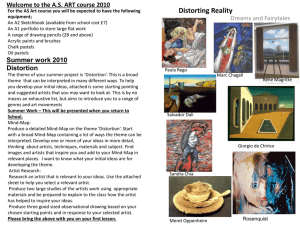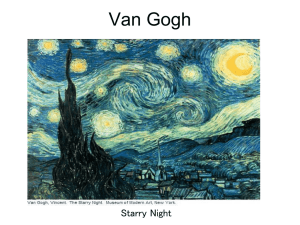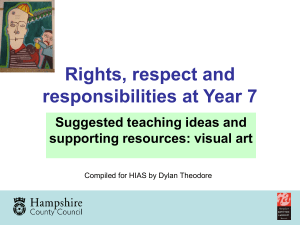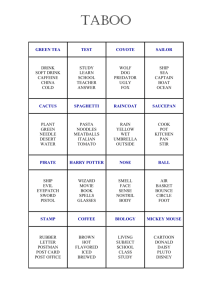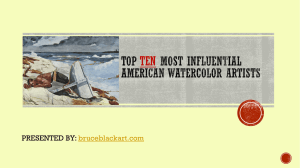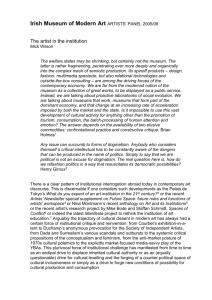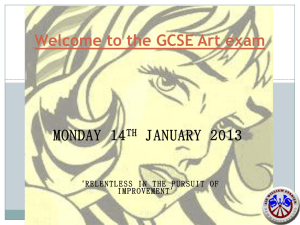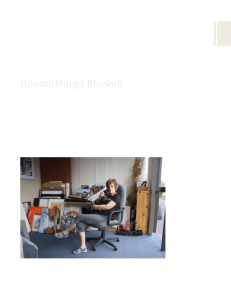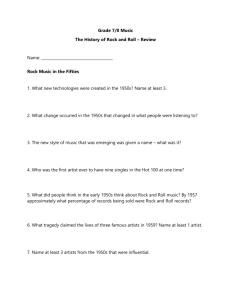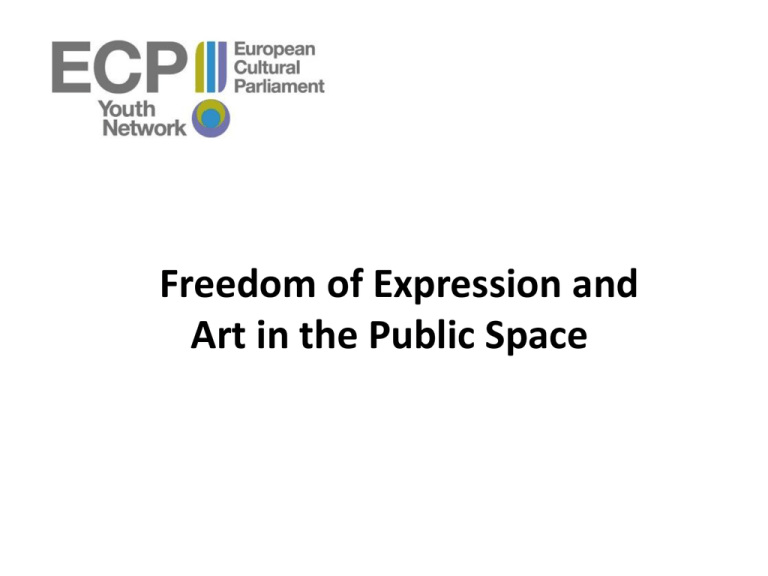
Freedom of Expression and
Art in the Public Space
What is the status for the freedom of expression in public space art in
these countries?
What are the differences/similarities?
Are the voices of the respondents (artists, producers/commissioners
and decision makers) united or not?
How many applications do you think/know are made in your city/country each year?
How do you apply? Spontaneously? Or do you have to wait for a call?
How long time does it take to get an answer?
What percentage of the applications made is granted?
Is there a certain type of artist that is « easy to digest » in the public space?
What kind of application to you not approve?
Is there a link between art in the public space and democracy?
How much control is held over the artistic freedom? Is there a limit? If yes, is that kind of limitation regulated by
national policies?
What do you think taboos say about the society?
Do artists have a duty of care to the public when creating works for the public space?
Are there benefits of art in the public space?
If yes, which?
What is your experience with privatisation of the public space?
Are there, in your opinion, some reappearing theme or red thread between granted applications?
Is there too much emphasis placed on public outcome in grant proposals?
Do you feel that you can tell what you want through your art (submit any message you would like)?
Do you think that a special kind of artist/artworks is most of the time appearing among the granted applications?
Do you think that there is anything that is taboo? (Never approved)
Romania
Different levels of
definition regarding what
art in public space is.
Art in public space plays
a critical role for the
generational and
political shifts.
Critical tension between
strategy and tactics.
By Dan Perjovschi
Kosovo
Art in Public Space is rare
No written rules about taboo subjects
Τaboo subjects
Privatization of public spaces/venues/buildings
Italy
Total lack of responses from
policy makers.
No limitations in term of
national polices but
unofficially there are moral
limitations.
Stock exchange | Milan , by Maurizio Cattelan
Artists dependence on the producers.
Limitations on how to enter the arts market.
Lack of communication and trust among the
parties.
Ukraine
Art in Public Space until today
Applications: Degree of approval 40%
Considered taboo subjects
Privatization of public spaces/venues/buildings
“The society” not ready for modern art (definitely
not in the public space)
Self censorship
Greece
United Kingdom
Art in the public space democratic ?
Possibilities to present public art
Success factors for having ones work presented
Artists/Producers taboo subjects: offending religion, nudity, sex, guns
Good negotiator or good artist?
No answers on number of applications from policy makers
Conclusions
The taboo subjects were the same in the countries participating
Privatisation of Public Space - bad and good (awareness in the process of
privatisation) depending on where you are
Respondents agree on that the artist has a duty of care to the public
There are many benefits with public space art – all respondents agree
A democratic process would be encouraged in the commissioning
Respondent categories do not agree on freedom of expression in the public
space for artists. Often artist and producer respondents think that the
freedom is limited while decision makers think that the opposite.



